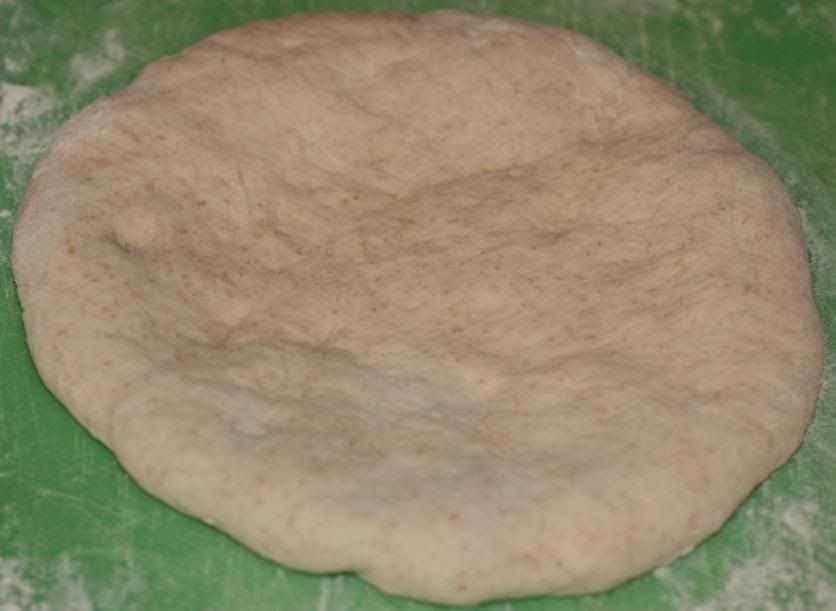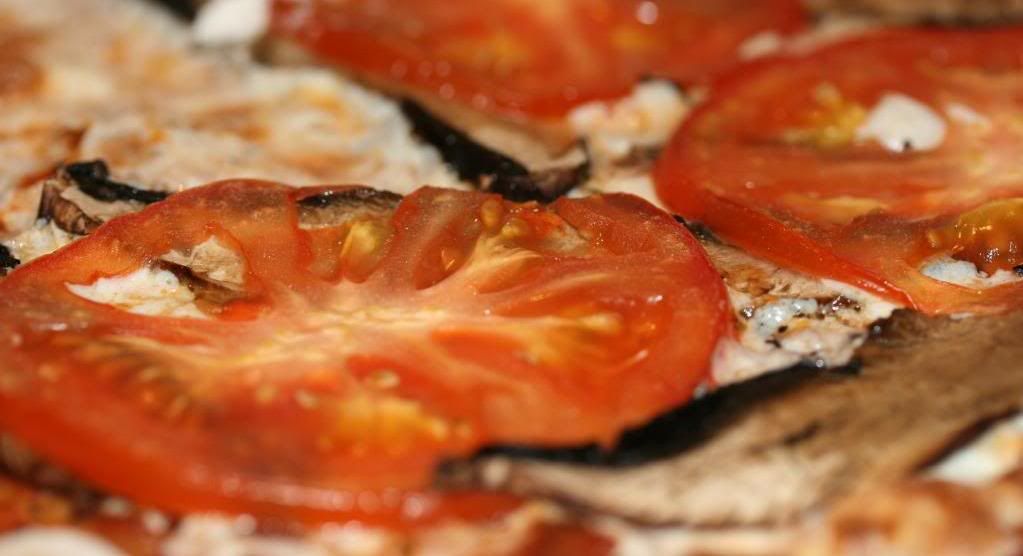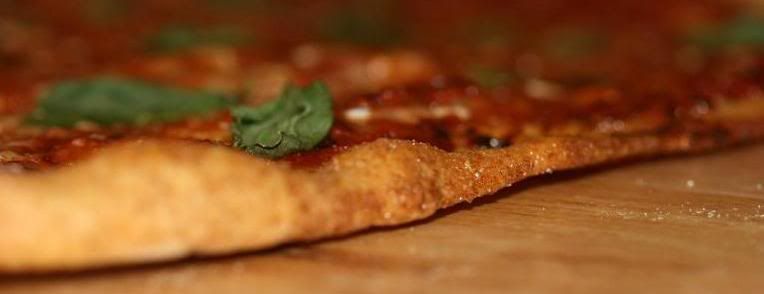And while I do often unapologetically subscribe to this philosophy of superiority, pizza is where I draw the line. As a native son of New Jersey, I know something most New Yorkers do not. The best pizza in the states, if not the world, does not come from New Amsterdam, and it sure as hell is not Chicago style deep dish, no the best pizza in the world comes from the small city of Bayonne. Located less than five miles from the Italian strongholds of lower Manhattan, and Brooklyn, the city of Bayonne did something borderline unimaginable….they took an old world New York style pizza recipe…..and made it better. Yes, there are pizzerias in NYC where you can obtain such a slice, but it was born in New Jersey, and since that time it has been gathering devotees with the first bite of every slice.
Below is my not so humble attempt to recreate that magic, using quality organic ingredients, and NYC tap water, straight from the mountains of the lower Hudson Valley.
Dough:
3c flour
1 5/8 c water
2 tsp salt
1 tsp honey (or sugar)
1/2 tsp yeast
While this can certainly be mixed by hand, and then kneaded on an appropriately flat surface, I prefer to use an electric mixer
Basic Sauce:
14 ounce can of organic tomatoes
4 large cloves garlic
2 tbsp chopped basil
1 tbsp chopped oregano
2 tbsp chopped shallots
Extra virgin Olive Oil
Salt
Lightly coat the bottom of a pan with olive oil, and add the garlic and shallots. Sauté the alliums over medium heat for 1-2 minutes before adding the herbs. After an additional minute, add the tomatoes and cook on medium-high heat until it begins to reduce. At this point the tomatoes should be soft, to create a smoother sauce, crush the tomatoes with a potato masher, and continue to reduce until you have a relatively viscous sauce, adding salt to taste.
*You should grow your own, but if using dry herbs, cut the quantity in half.
When it is finally time to unwrap the dough, divide it into four equally sized portions, and using your hands on a well floured surface, create relatively flat circles. From here I
lightly flour the surface of the dough and using a rolling pin, thin the dough as much as possible, leaving slightly more at the edges for the crust. Once the dough is flat, cover it in saran wrap and allow it to rise slightly while you prepare the other ingredients. Set the oven to 500F.
Once the oven is hot, and the toppings are ready, ladle the sauce onto the center of the pizza spreading it out to form a thin layer. Add the other toppings sparingly, as too much moisture can hurt the crust, and brush or spray the edges of the crust with a light dusting of olive oil, before placing the pie on a preheated pizza stone
*I prefer a combo of mozzarella and parmesan.
Flip the light on in the oven and keep an eye on it, removing the pizza when the cheese starts to bubble and the crust turns a golden brown.
Pairs pretty well with a medium bodied Shiraz, Cabernet, or light Chianti. Also not so bad with a six pack.




No comments:
Post a Comment